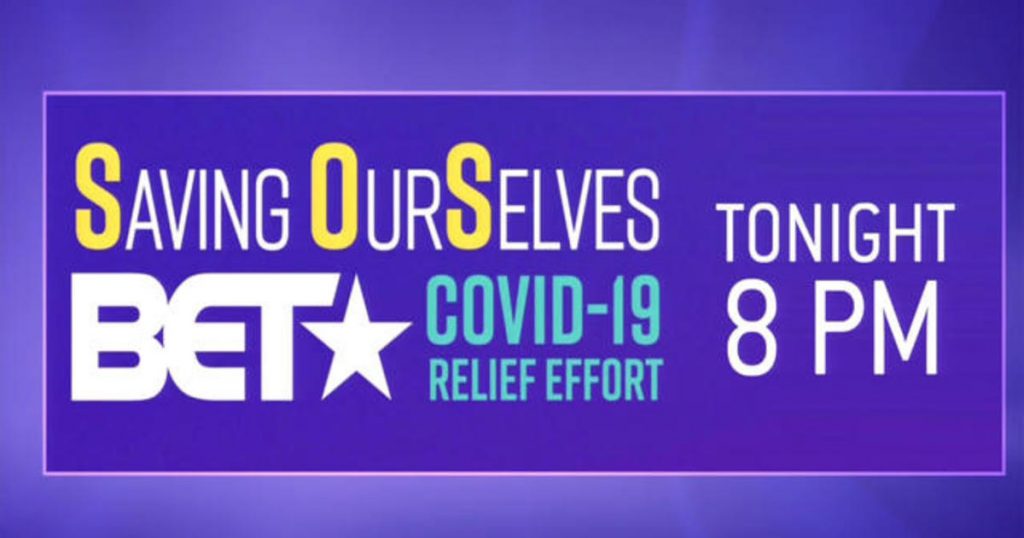A Falcon 9 rocket launched a seventh batch of 60 Starlink satellites Wednesday, boosting SpaceX’s total to more than 400 in an accelerating campaign to deploy a globe-spanning network of internet relay satellites.
In so doing, SpaceX chalked up the 84th launch of a Falcon 9 since the rocket’s debut 10 years ago this June as the company gears up for the historic May 27 launch of a Falcon 9 and Crew Dragon spacecraft carrying two astronauts to the International Space Station.
That launch will mark the first for a U.S. rocket carrying NASA astronauts since the shuttle fleet was retired in 2011, representing a major milestone in NASA’s push to end the agency’s sole reliance on Russian Soyuz ferry ships for access to the space station.
Wednesday’s flight began at 3:30 p.m. EDT when the nine first-stage engines in the Falcon ‘s first stage ignited and throttled up to 1.7 million pounds of thrust. An instant later, the 229-foot-tall rocket roared aloft and arced away on a northeasterly trajectory.
After boosting the Falcon 9 out of the thick lower atmosphere, the first stage engines shut down, the stage fell away and the climb to orbit continued on the power of a single vacuum-rated engine in the rocket’s second stage.
The first stage, meanwhile, flipped around, fired three engines to slow down and fell back to Earth, guiding itself to a landing on the SpaceX droneship “Of Course I Still Love You” stationed a few hundred miles off the Florida coast. It was SpaceX’s 51st successful booster recovery, its 32nd on a droneship.
About 10 seconds after the first stage landed, the second stage engine shut down and six minutes later, the 60 Starlink satellites, each weighing about 573 pounds, were released in a stack, slowly spreading apart as they departed.
SpaceX has regulatory approval to launch more than 12,000 Starlink satellites, in multiple orbital planes, to provide uninterrupted high-speed internet access from any point on Earth using small pizza box-size terminals.
The company plans to begin limited commercial service across the northern United States and Canada later this year after completing 12 launches to put 720 satellites into orbit.
Going into Wednesday’s launch campaign, SpaceX had deployed 360 Starlinks over six missions. At least three of those satellites have since been deorbited, according to amateur satellite trackers, and several more appear to be in unusual orbits.
In any case, SpaceX initially won approval to deploy Starlinks in two altitude regimes, with one set of 1,584 internet relay stations orbiting in multiple planes at about 340 miles up and another batch of 2,825 positioned at altitudes between 684 and about 825 miles.
In an April 17 filing with the Federal Communications Commission, SpaceX requested permission to place all of the phase one Starlinks at the same lower altitude as the initial set some 340 miles up.
“Because of its closer proximity to consumers on Earth, this modification will allow SpaceX’s system to provide low-latency broadband to unserved and underserved Americans that is on par with service previously only available in urban areas,” SpaceX said in its FCC application.
The growing Starlink constellation continues to raise alarm in the astronomical community. The concern is that sunlight reflecting off multiple satellites above the horizon at any given moment, along with their radio traffic, could disrupt observations by the world’s largest optical and radio telescopes.
But SpaceX officials say engineers are testing a variety of modifications, including darker surface coatings and sunshades to minimize reflections off solar panels.
“We are taking some key steps to reduce satellite brightness,” SpaceX founder Elon Musk tweeted going into Wednesday’s launch. “Should be much less noticeable during orbit raise by changing solar panel angle & all sats get sunshades starting with launch 9.”


